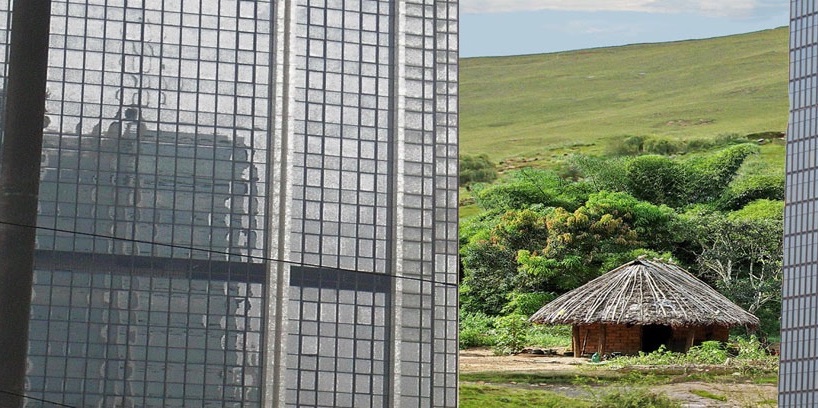
Multiple neglected benefits of exposure to green space
The role of the microbiota of the natural world.

It is widely acknowledged that exposure to green space is beneficial for health. Mechanisms are thought to include exercise, sunlight and increased social interactions as well as poorly defined psychological effects perhaps related to relaxation or "habitat selection".
Missed opportunities
However the role of exposure to the microbiota of the natural environment is often neglected. This is unfortunate because by managing the environmental microbiome we may be able to increase the health benefits of exposure to green space……….
-
Convention on Biological Diversity
CHAPTER 8: Environmental microbial diversity and noncommunicable diseasesLead Authors: Graham Rook and Rob Knight2015The CBD website can be found here, and the volume illustrated below can be downloaded here. Our contribution is Chapter 8, starting on page 150.
-
CUGE (Centre for Urban Greenery and Ecology)
Our Health and Environmental Microbial Biodiversity: The Health Benefits of Green Space — Psychology or Biology?Graham Rook2015CUGE (Centre for Urban Greenery and Ecology) is a Singapore Government Agency. It publishes a journal "CITYGREEN" which presents information on greening and ecology of the urban environment. My contribution can be downloaded here.

